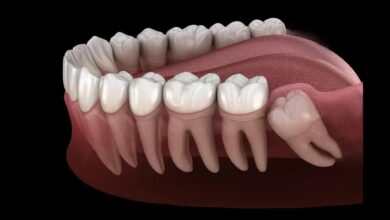Lie detectors- Separating fact from fiction

The most persistent myth surrounding lie detectors is the belief that they are infallible and determine whether someone is lying or telling the truth. However, the reality is far more nuanced. Polygraph results are not considered conclusive evidence in most legal proceedings, and their accuracy is influenced by various factors, including the subject’s mental state, the examiner’s skills, and the potential for countermeasures.
Polygraph accuracy depends on multiple factors
The accuracy of polygraph tests is not absolute and varies significantly based on several factors. The examiner’s experience, the quality of the questioning techniques, and the subject’s physiological and psychological state all impact the results. Additionally, individuals may employ countermeasures, such as controlled breathing or muscle tensing, to attempt to manipulate the readings.
Lie detectors can read your mind
The common misconception is that lie detectors somehow “read” a person’s mind or directly detect lies. This notion is often perpetuated by fictional portrayals in movies and television shows, where characters are shown being “caught” by the machine’s supposed ability to detect deception.
Polygraphs measure physiological responses, not lies
Polygraph instruments do not directly detect lies; instead, they measure physiological responses, such as changes in breathing patterns, heart rate, and sweating. These responses are analyzed by trained examiners who attempt to interpret whether the subject is experiencing stress or anxiety, which may be indicative of deception. However, these physiological responses are influenced by factors other than lying, such as anxiety, fear, or physical conditions.
Polygraphs are widely accepted in court
Many people believe that polygraph results are routinely accepted as evidence in court proceedings, lending a sense of authority and credibility to the practice.
Polygraph Results are Generally Inadmissible in Most Courts
The polygraph test results are not considered admissible evidence in court due to concerns about their reliability and the potential for biased interpretations. However, there are exceptions in certain cases, such as criminal proceedings where both the prosecution and defense agree to their admission or in specific employment-related matters.
Emerging lie detection technologies
While the traditional polygraph has been the primary tool for lie detection, advancements in technology have paved the way for new and innovative approaches. These emerging technologies aim to address some of the limitations of polygraph testing and potentially improve accuracy and reliability.
Brain-based lie detection
The most promising area of research is brain-based lie detection, which involves analyzing brain activity patterns using techniques such as functional Magnetic Resonance Imaging (fMRI) and Electroencephalography (EEG). These methods measure changes in blood flow and electrical activity in the brain, which may reveal patterns associated with deception.
Eye tracking and facial recognition
Advancements in eye-tracking and facial recognition technologies have opened new avenues for lie detection. By analyzing micro-expressions, eye movements, and facial cues, these techniques aim to identify subtle signs of deception imperceptible to the human eye.
Voice stress analysis
Voice stress analysis (VSA) examines the inaudible characteristics of a person’s voice for indicators of stress or deception. While this technology around for some time, ongoing research and improvements in machine learning algorithms could enhance its accuracy and reliability.
Multimodal approaches
Rather than relying on a single method, the future of lie detection may involve a multimodal approach that combines multiple technologies and data sources. By integrating brain activity monitoring, eye tracking, voice analysis, and traditional polygraph measurements, a more comprehensive and potentially more accurate assessment of deception could be achieved.



